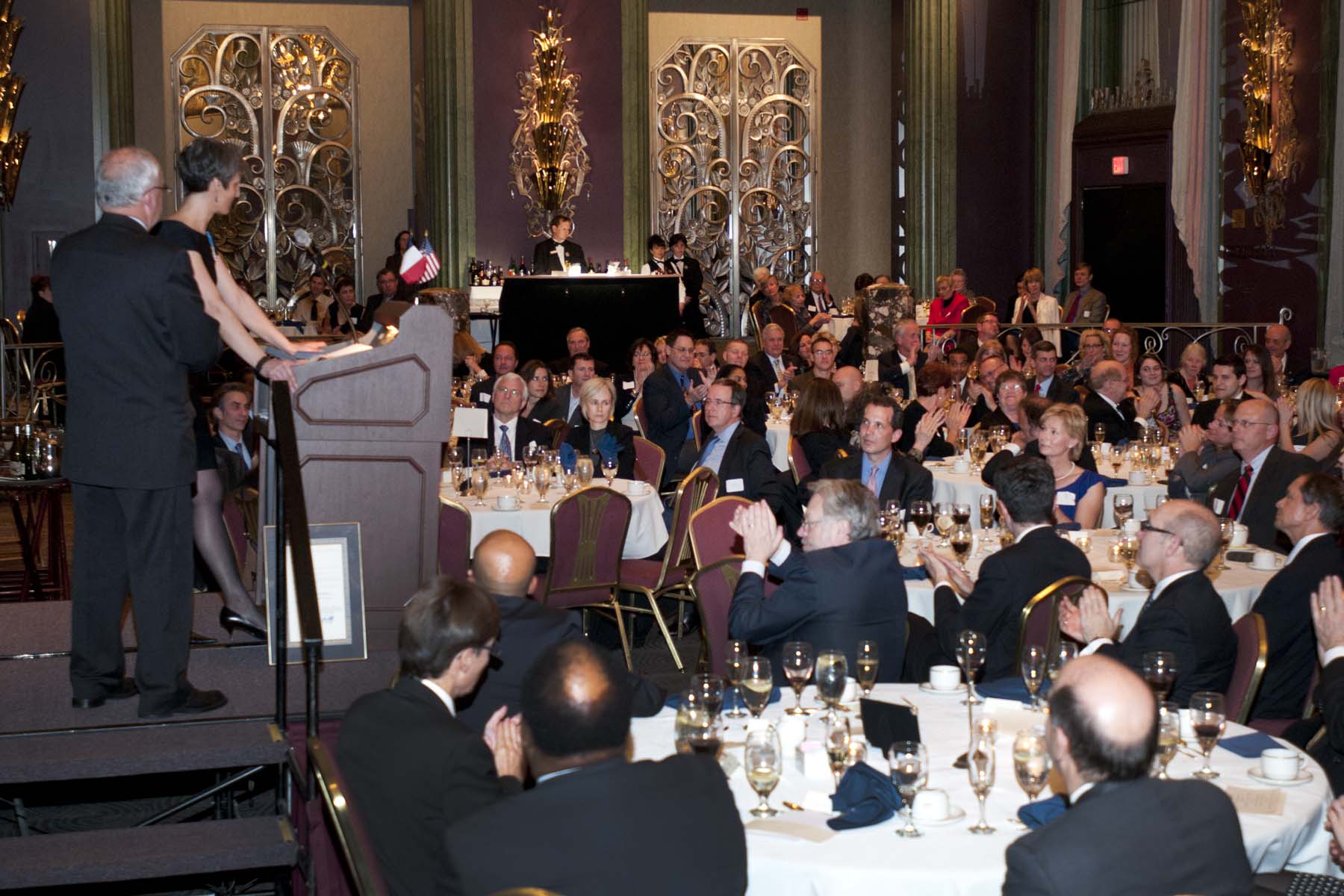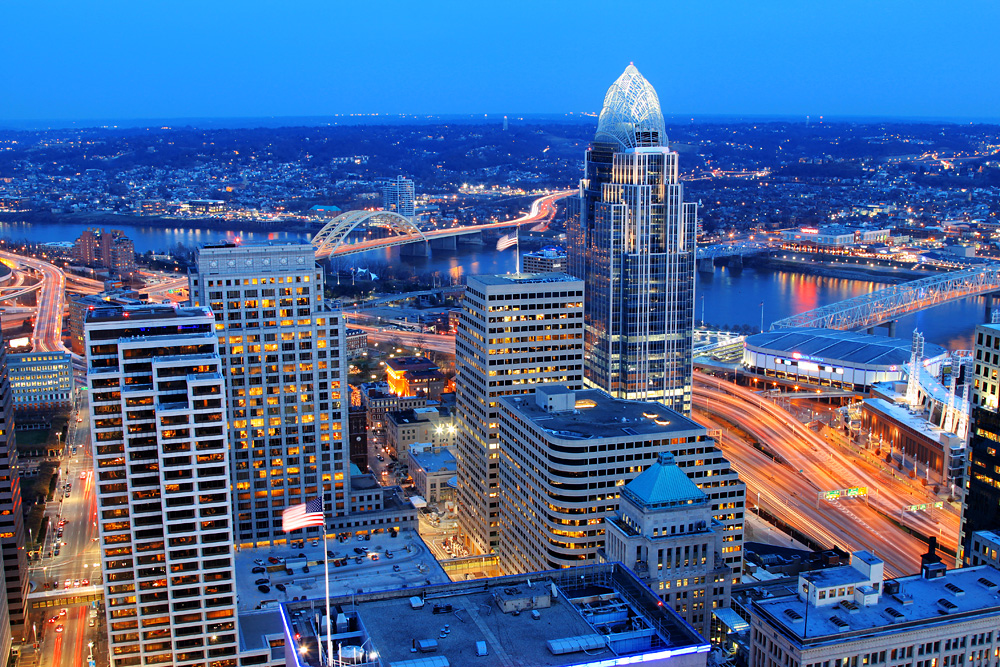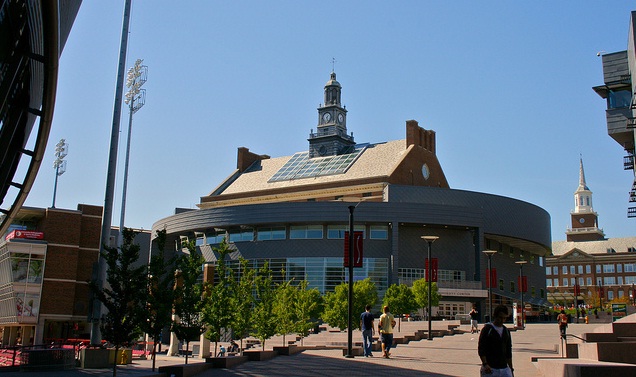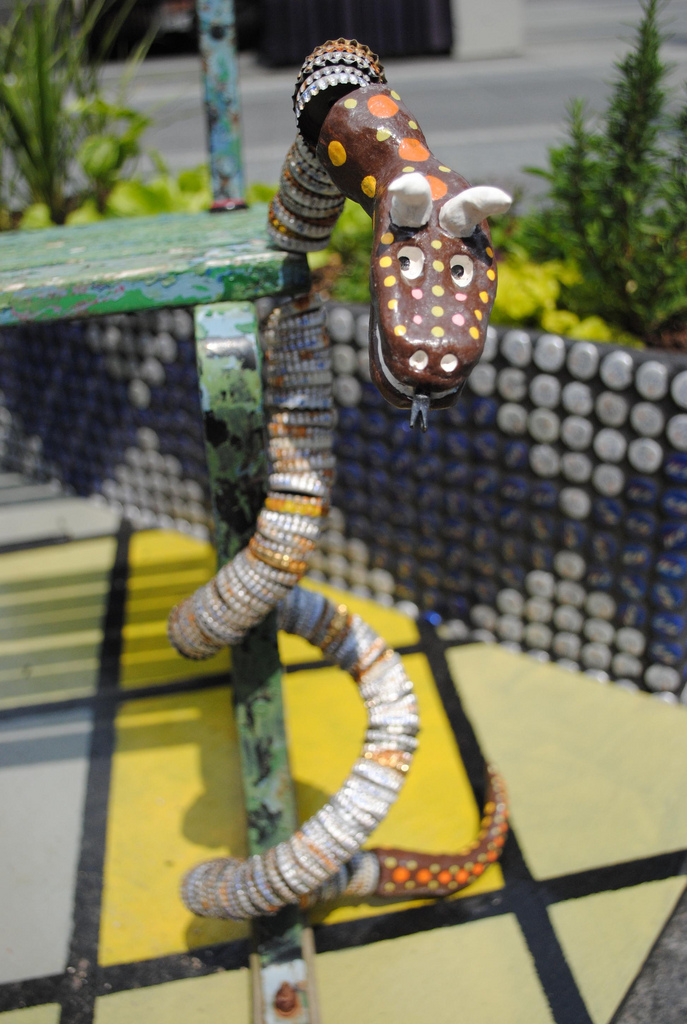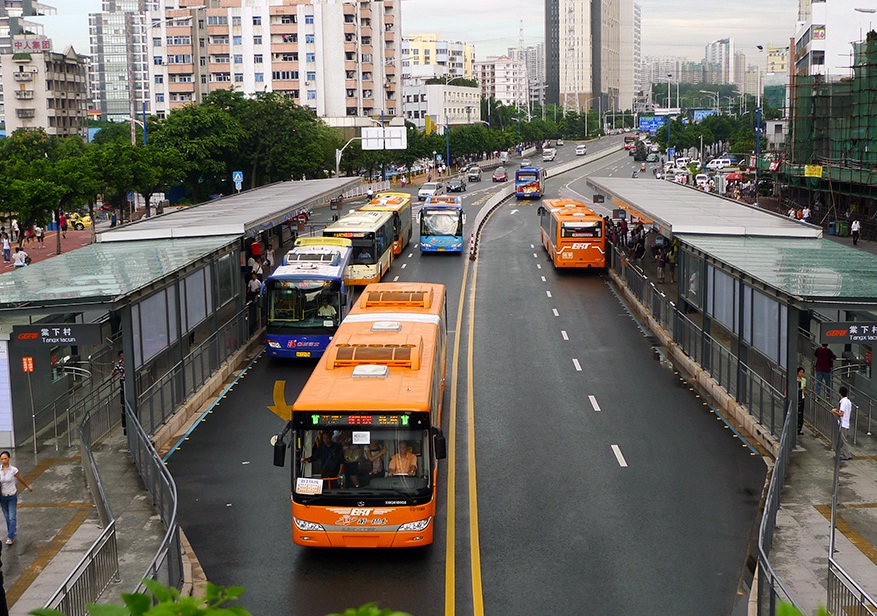Monday, April 4 was officially declared the French American Business Alliance (FABA) day by Cincinnati Mayor Mark Mallory. And business leaders and citizens from across the region came together in downtown Cincinnati to observe the founding of the institution’s 10th year.
According to FABA, the Cincinnati region area boasts a strong partnership with France, and claims to have helped foster economic, cultural and financial relationships between the European country and the Queen City.
“European countries account for 20 percent of Ohio’s exports and France is among the four largest markets with $8 billion in Ohio exports going directly to France,” said Richard La Jeunesse, President, French American Business Alliance. “FABA is a vibrant, cultural alliance that has played an important role in bringing people of diverse backgrounds and cultures together, to develop business relationships that support Ohio’s exporting efforts.”
What started out as an effort among friends (founding president Gerard Laviec and current European American Chamber of Commerce Executive Director Anne Cappel, among others) to help young European immigrants find community in Cincinnati has grown to over 850 active members representing 115 corporations. Recently appointed French Ambassador, H.E. Fracois Delattre, made his first visit to Cincinnati for the FABA anniversary, and had much to say about the strong links between France and the “Paris of the Midwest.”
“Cincinnati is a vibrant city, which is moving forward with innovative new policies, including great new developments in their infrastructure,” noted Delattre. “These new measures make France proud to contribute to Cincinnati’s growth.”
FABA and the European American Chamber of Commerce are continually striving to help connect Cincinnatians together under the umbrella of strengthened business and professional relationships. The EACC offers networking events during the year for young professionals looking to begin and continue connections with other globally minded individuals. The next event is a happy hour on Thursday, April 14.
Photograph of Anne Cappel addressing FABA at the 10th Anniversary Gala. Picture provided by EACC for UrbanCincy.
